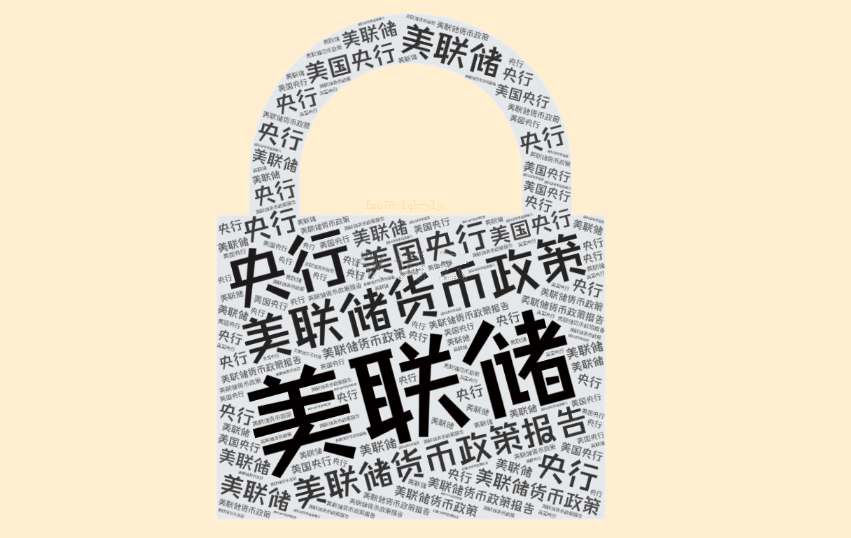With the trade war looming, why is Powell choosing to hold back? A cautious wait-and-see approach may be the best solution!
2025-07-31 11:16:07

Internal dissent and external pressure: Powell's double dilemma
The cracks within the Federal Reserve have become particularly apparent recently. For the first time in 30 years, two FOMC members have publicly dissented from the decision to maintain current interest rates, urging a rate cut. This not only reflects the internal divisions within the Fed regarding the economic outlook but also places Powell on a delicate tread in his decision-making. Meanwhile, the Trump administration continues to exert external pressure on the Fed, with Trump himself repeatedly publicly urging Powell to adopt an accommodative monetary policy to stimulate economic growth. This pressure from both within and without has placed a high level of scrutiny on every decision Powell makes, making his cautious stance all the more necessary.
The impact of the trade war is emerging: the "false prosperity" of economic growth
Just hours before Powell's press conference, the release of second-quarter US GDP data revealed a stark discrepancy between the economy's appearance and reality. While superficially impressive, the second-quarter GDP growth rate reached 3%, a deeper analysis revealed that this was largely driven by businesses stockpiling ahead of the implementation of high tariffs. A 30% plunge in commodity imports and a significant increase in inventories masked weak domestic demand. Data showed that final sales to domestic private buyers grew by only 1.2%, the slowest growth since the fourth quarter of 2022 and significantly lower than the 1.9% growth in the first quarter. Meanwhile, business investment growth also plummeted. Economists have described this phenomenon as similar to Mr. Burns's illness from The Simpsons: a combination of problems that appear to offset each other, but in reality, harbor a hidden crisis.
The glimmer of hope for a trade deal and the specter of new tariffs
The Trump administration's recent trade deals with Japan and the European Union provided a brief respite for the market, but this optimism was quickly shattered by new tariffs. The US's imposition of a 25% tariff on India, increased tariffs on Brazil, and a 50% tariff on copper have reignited global trade tensions. The breakdown of negotiations with India, the US's tenth-largest trading partner, was particularly seen as an ominous sign that high tariffs could become a permanent reality. Trump's continued escalation of tariffs, citing various reasons—from punishing countries that purchase Russian oil to retaliating against Brazil for prosecuting its former president over a failed coup—has made it difficult to ease trade tensions. American businesses are already feeling the pinch. For example, Ford Motor Company revealed that its second-quarter costs from tariffs reached $800 million.
Inflation risks and presidential pressure: Powell faces a difficult choice
Facing the impact of the trade war, Powell hinted at a press conference that tariffs could lead to continued price increases, attributing this risk to rising consumer inflation expectations. However, as his term nears its end next year, Powell faces intense presidential pressure unseen by a Fed chair in half a century. Trump has urged him to ignore these warning signs and prioritize economic growth and employment data. However, when these strong economic indicators collide with the realities of inflation risks, trade war pressures, and weak domestic demand, Powell's decision becomes extremely difficult. A hasty interest rate cut could exacerbate inflationary risks, while maintaining high interest rates could stifle economic growth. In this dilemma, Powell's wait-and-see approach appears particularly prudent.
Cautious wait-and-see: the best solution in the storm
Reuters analyst Gabriel Rubin noted that amid the looming trade war and mixed economic data, Powell's cautious stance is undoubtedly a well-considered choice. Faced with internal dissent, external pressure, and global economic uncertainty, hasty adjustments to monetary policy could pose greater risks. Keeping interest rates unchanged gives the Fed more time to observe economic trends while also avoiding potential missteps from premature action. As the old saying goes, "It is by waiting and observing that one can strike back." In the current complex and volatile economic environment, Powell's wait-and-see approach may be the best way to weather the storm.
Summary: Powell's choices and future uncertainty
The dilemma facing Powell reflects the complex landscape of the global economy under the impact of the trade war. Internal divisions, external pressures, a false economic boom, and the potential risk of inflation all combine to create a difficult backdrop for his decision-making. However, it is precisely this complexity that makes a cautious wait-and-see approach the most prudent option at this time. Whether Powell will adjust his stance as the trade war evolves and economic data becomes clearer remains uncertain.
- Risk Warning and Disclaimer
- The market involves risk, and trading may not be suitable for all investors. This article is for reference only and does not constitute personal investment advice, nor does it take into account certain users’ specific investment objectives, financial situation, or other needs. Any investment decisions made based on this information are at your own risk.





















